How to Tie Braided Fishing Line to Monofilament or Fluorocarbon
Have you been wondering how to tie a braided fishing line to monofilament or fluorocarbon? There is a very good chance that you have; every avid angler asks themselves such questions. There is also a very good chance that the very next question you asked yourself after that is, “why do I need to learn how to tie braided fishing line to monofilament or fluorocarbon?”
In this post, I’m going to go through several reasons why tying a leader to your braided line is a wonderful idea, and then I’m going to go into a few key knots that should help you connect those lines properly.
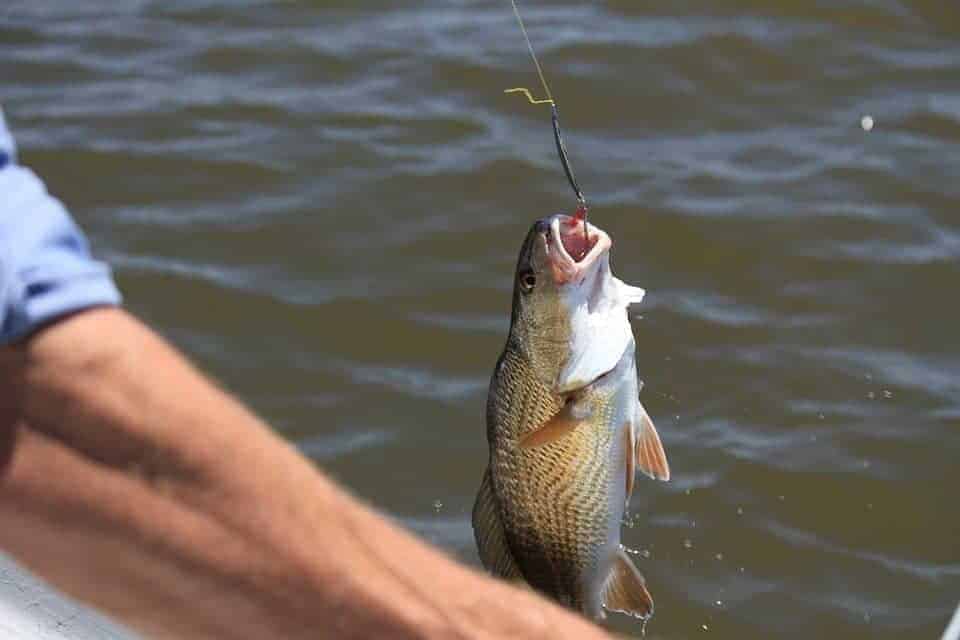
Should You Use a Leader with Your Braided Line?
The simple answer to this question is yes. You should use a leader with your braided line whenever possible. The simple reason for this is that, despite the many advantages of braided fishing lines (strong, highly sensitive, offers long casting distance, and so on), they just so happen to be exceptionally visible in the water, and that kind of makes the fish skittish.
Unless you are fishing in murky waters where you can go full braided, the best course of action would be to tie a monofilament or fluorocarbon leader to your braided fishing line. The only other exception is fishing in waters with underwater debris that might snag your line.
In this case, going full braided is also advisable because of the strength that braided lines have; they are more reliable when pulling them off those pesky snags.
Reasons Why You Should Use a Leader with Braided Lines
If you have ever seen a braided fishing line, you probably immediately noticed the glaring disadvantage of using one – visibility. Most braided fishing lines come in a bright yellow color that is as visible as daylight in clear waters. If you can see it, the fish can see it too, making them shy away from your lure.
However, since braided fishing lines are strong and really some of the best in the business, not using them is also out of the question. Therefore, the best way to work around this disadvantage is to use a monofilament or fluorocarbon leader. Here are some excellent reasons why learning how to tie braided fishing line to monofilament or fluorocarbon is a good idea for every angler:
- It’s harder for the fish to see: Fluorocarbon is quite difficult to see in the water. This all but negates the disadvantage that comes with using a braided fishing line.
- It’s a good idea to use leaders when fishing around docks, bridges, and rocks: Whenever you are fishing around such areas, your line will inevitably keep rubbing against these types of underwater structures and debris. This eventually wears the line thin and makes it more likely for it to break. One of the best ways to remedy that is to add a leader into the mix. If, for example, you are using a 20-pound braided line to fish in such areas, adding a 30 – 40-pound leader to that line will make it much harder to break even as the line comes into rubbing contact with these fishing line hazards.
- It’s better for your fishing environment: Let me explain. Should your braided line get snagged on something when you are fishing, you will find it extremely difficult, if not impossible, to break off. To set your rod loose, you will have to cut that line, which in turn means that a big chunk of it will remain in the water.
Braided fishing lines create a real mess and can very well ruin a perfectly good fishing spot if enough anglers cut them off. Using a leader, you are essentially avoiding this eventually since it’s the leaders who will break off instead. Monofilament or fluorocarbon isn’t so messy, and for another, they aren’t as visible in the water.
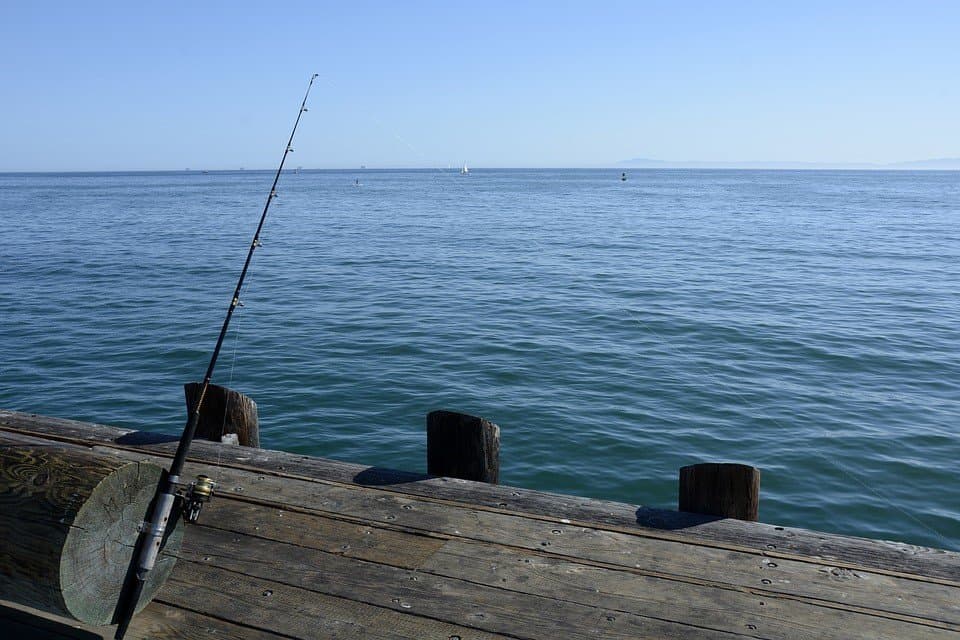
How to Tie a Braided Fishing Line to Monofilament or Fluorocarbon
If you are using a leader with your braided fishing line, you want to use one made out of monofilament or fluorocarbon. Fluorocarbon is much better for several good reasons:
- It’s more difficult for the fish to see
- It offers more abrasion resistance than monofilament, and this makes it much harder for tough fish to break the line once they are on the hook or for underwater structures such as rocks to cut
- It offers a superior knot strength, especially when paired with braided fishing lines that have been known to slip quite easily
You could use monofilament as well for the same results, but fluorocarbon is a personal “better” choice for me. If you do this right, you give yourself better chances of landing more fish and maintaining your braided fishing line for longer.
Which is the Best Knot to Tie Braided Line to Fluorocarbon or Monofilament?
While there are several knots you can use to tie your fluorocarbon or monofilament leader to the braided fishing lines, in my opinion, there is really only one knot you need to master for this purpose: The Double Uni Knot or how some anglers call it – the Uni to Uni Knot. I love this knot for three very good reasons:
- It’s simple enough to tie, which makes it simple enough to learn
- It’s very difficult to break
- It’s easy to teach people, even your kids
Here is a video giving you a quick overview of how to tie a braided line to a fluorocarbon leader using the Double Uni Knot:
Let’s go over the simple step by step process of tying your braided line to a fluorocarbon leader using a Double Uni Knot.
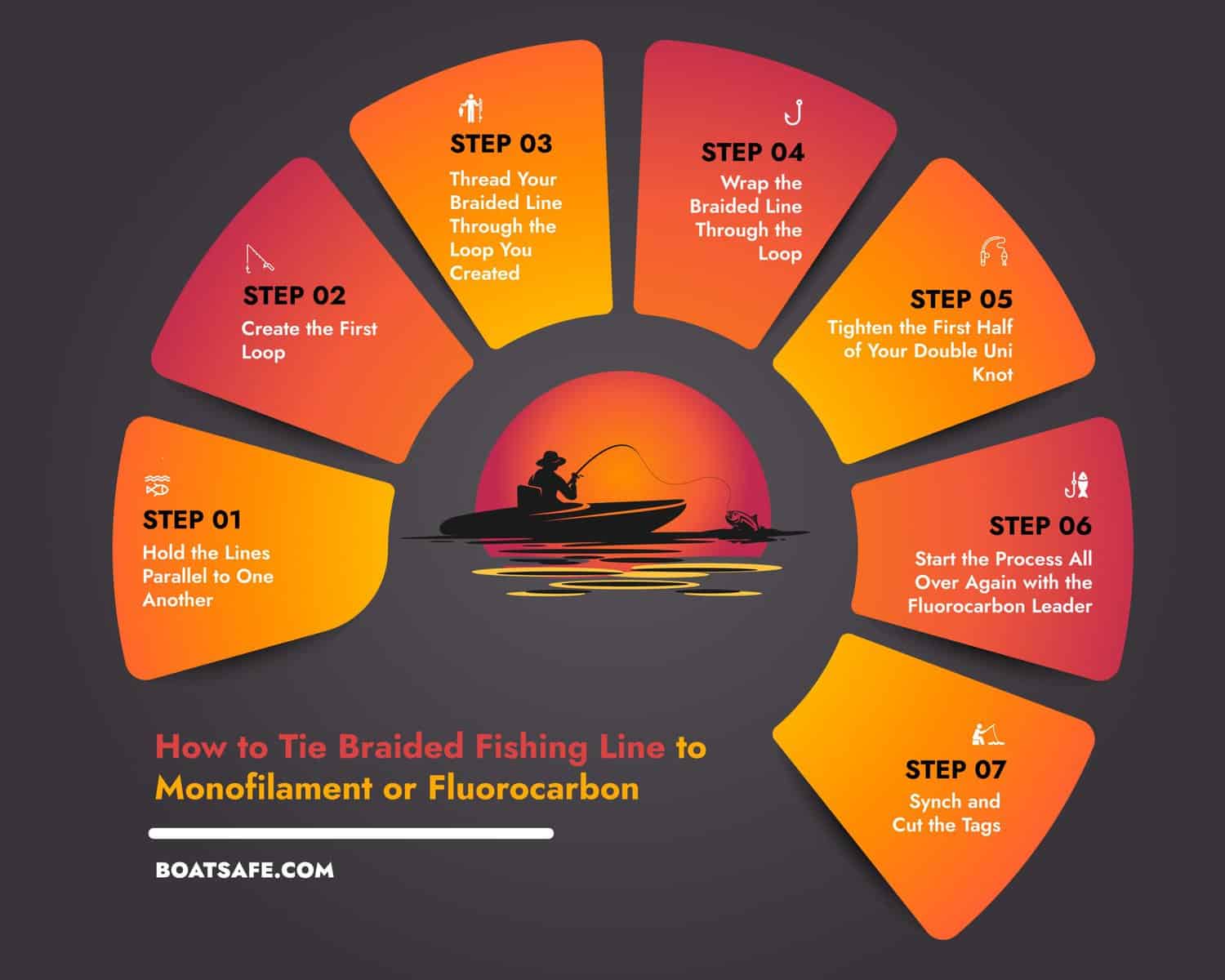
Step 1: Hold the Lines Parallel to One Another
Start by taking some of your lines (both lines). Take about six to ten inches of both and hold them parallel to one another. Depending on your orientation (whether left-handed or right-handed), hold the braided line and your fluorocarbon leader parallel to one another between your index finger and your thumb. You can start with either one, but I like to start with the braided line to naturally come above the fluorocarbon.
Step 2: Create the First Loop
Again, depending on your orientation, using your right hand, create a loop with your braided line using your right index finger and your right thumb. The loop doesn’t have to be too big, just enough to give you adequate room to maneuver. Pinch that loop between your left thumb and left index finger, leaving a bit of the tag hanging and your fluorocarbon still straight.
Step 3: Thread Your Braided Line Through the Loop You Created
Carefully take your braided line tag using your right thumb and right index finger and thread it through the sizeable loop that you just created.
Step 4: Wrap the Braided Line Through the Loop
Now carefully begin to wrap your braided line around your fluorocarbon leader as well as through the loop you just created. How many times you wrap that braided line around the leader, and the loop will depend on your braided line’s size, but the simple rule of thumb here is to do it about 5 to 8 times.
Step 5: Tighten the First Half of Your Double Uni Knot
Pulling the tag, tighten the first half of your Double Uni Knot. If you have done it correctly, you should have something that looks like a tiny spring.
Step 6: Start the Process All Over Again with the Fluorocarbon Leader
Pinching the newly formed knot between your right thumb and index finger, flip the lines over so that the fluorocarbon is now on top. At this point, you want to go through the entire process again, only this time using the fluorocarbon as opposed to the braided fishing line:
- Form the loop
- Thread your fluorocarbon through that loop
- Wrap it around the braided fishing line while taking it through the loop every time
- The difference now is that fluorocarbon is a bit thicker than the braided fishing line, so you won’t have to use as many revolutions as you did before. You can go around and through the loop about four times
- Tighten the second half of your Double Uni Knot
Step 7: Synch and Cut the Tags
At this point, you should have two independent Uni Knots across from one another. Simply pull on both lines in opposing directions to synch the knot tightly, then cut off the tags. There you have it, a Double Uni Knot that will keep your braided line tied to the fluorocarbon leader.

As mentioned earlier, there are several ways to tie your braided line to fluorocarbon or monofilament leaders but using a Double Uni Knot is simply the easiest and least messy method. Now you know how to do it too.
Categories: Fishing
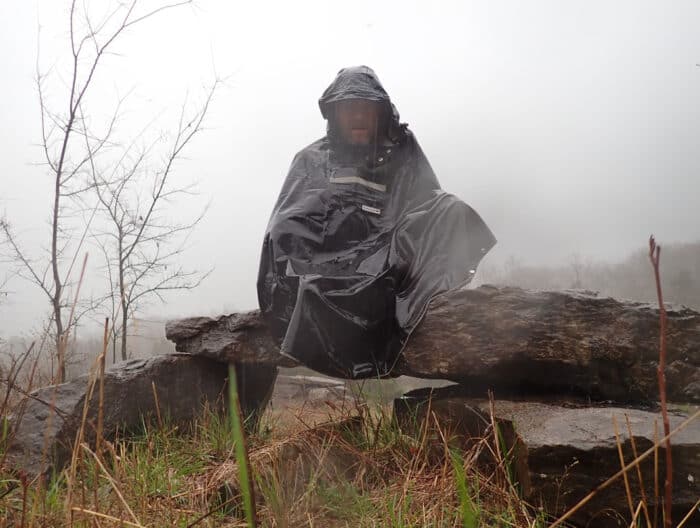
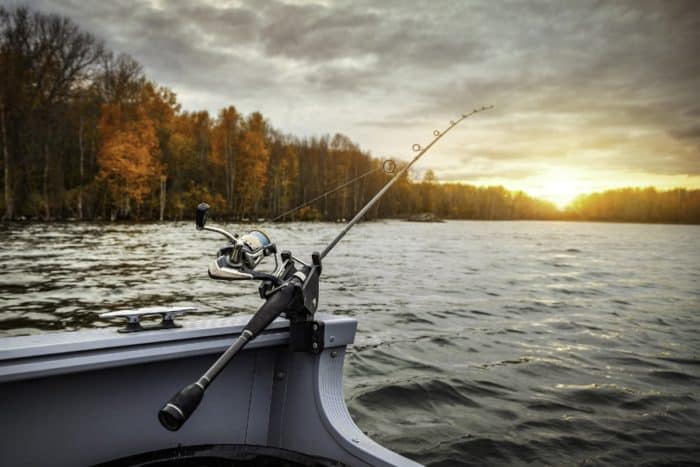
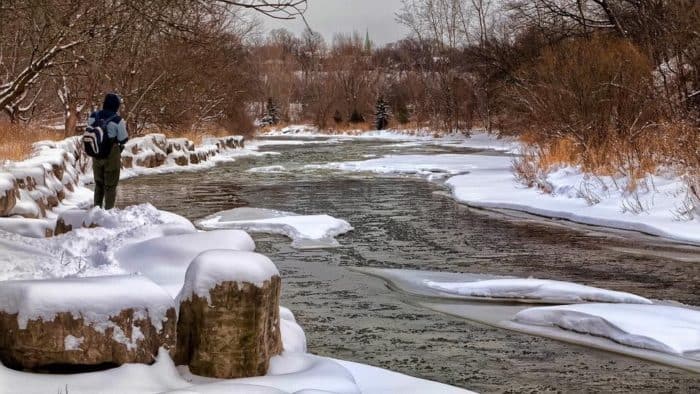
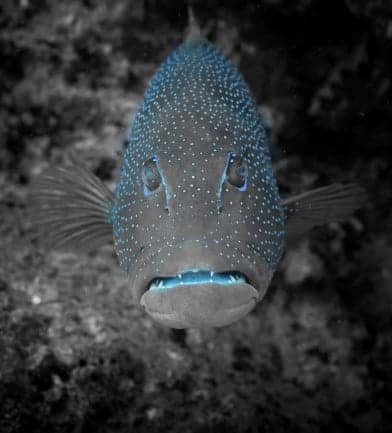








2 Comments
Dale Rehm on June 5, 2021
Nice and simple. Good instructions.
Richard Howle on August 24, 2021
I prefer the Alberto or Albright knot.
Much stronger and less chance of the braided line cutting the mono/floro.